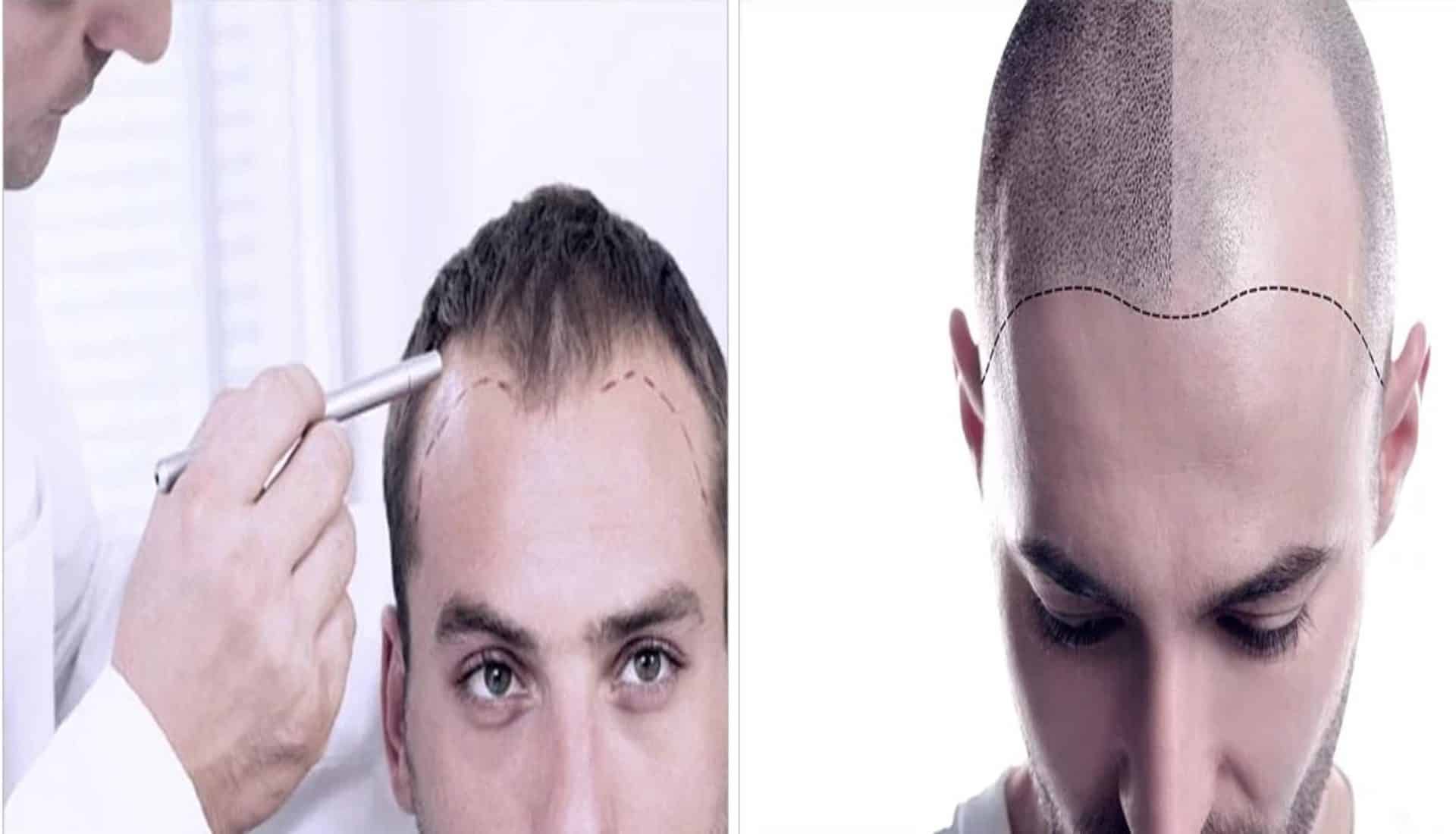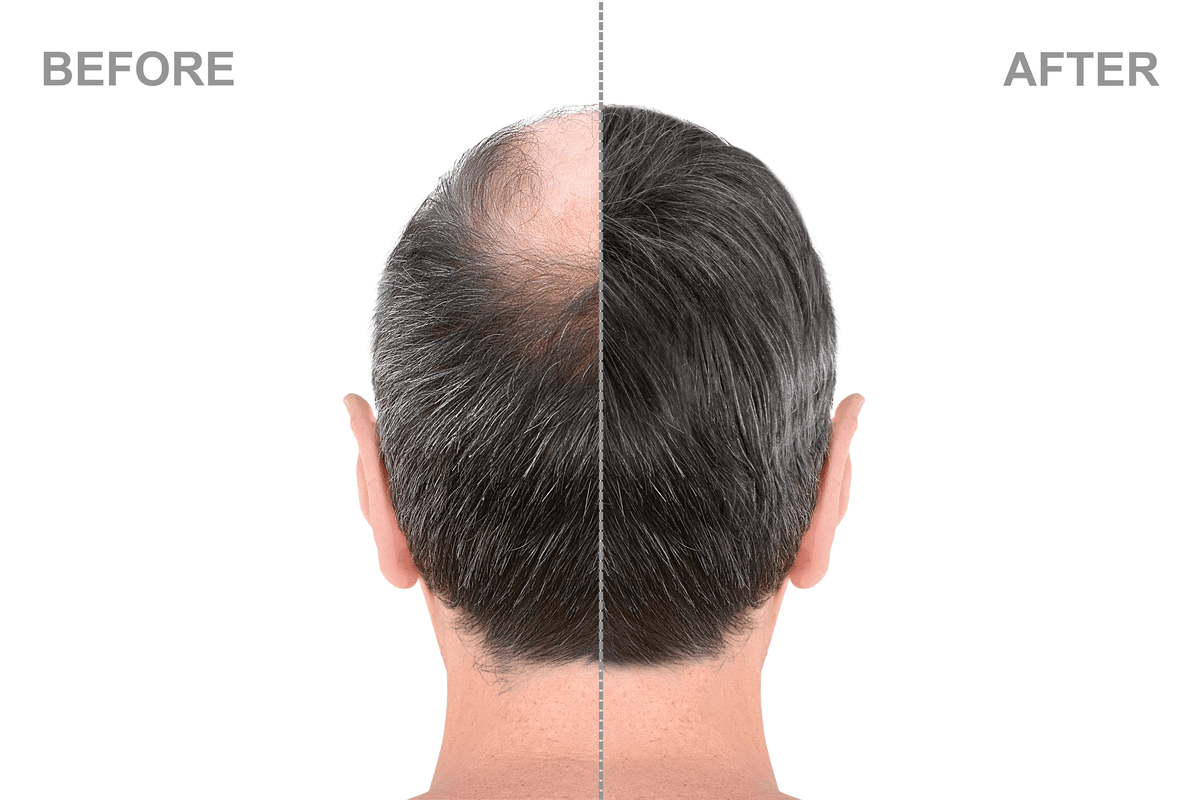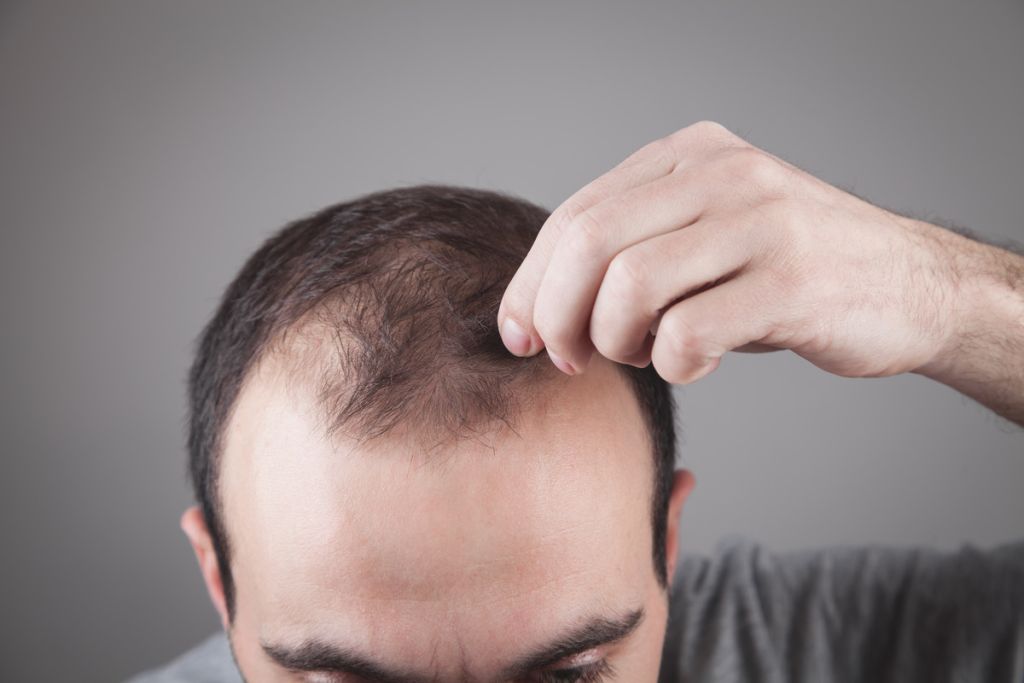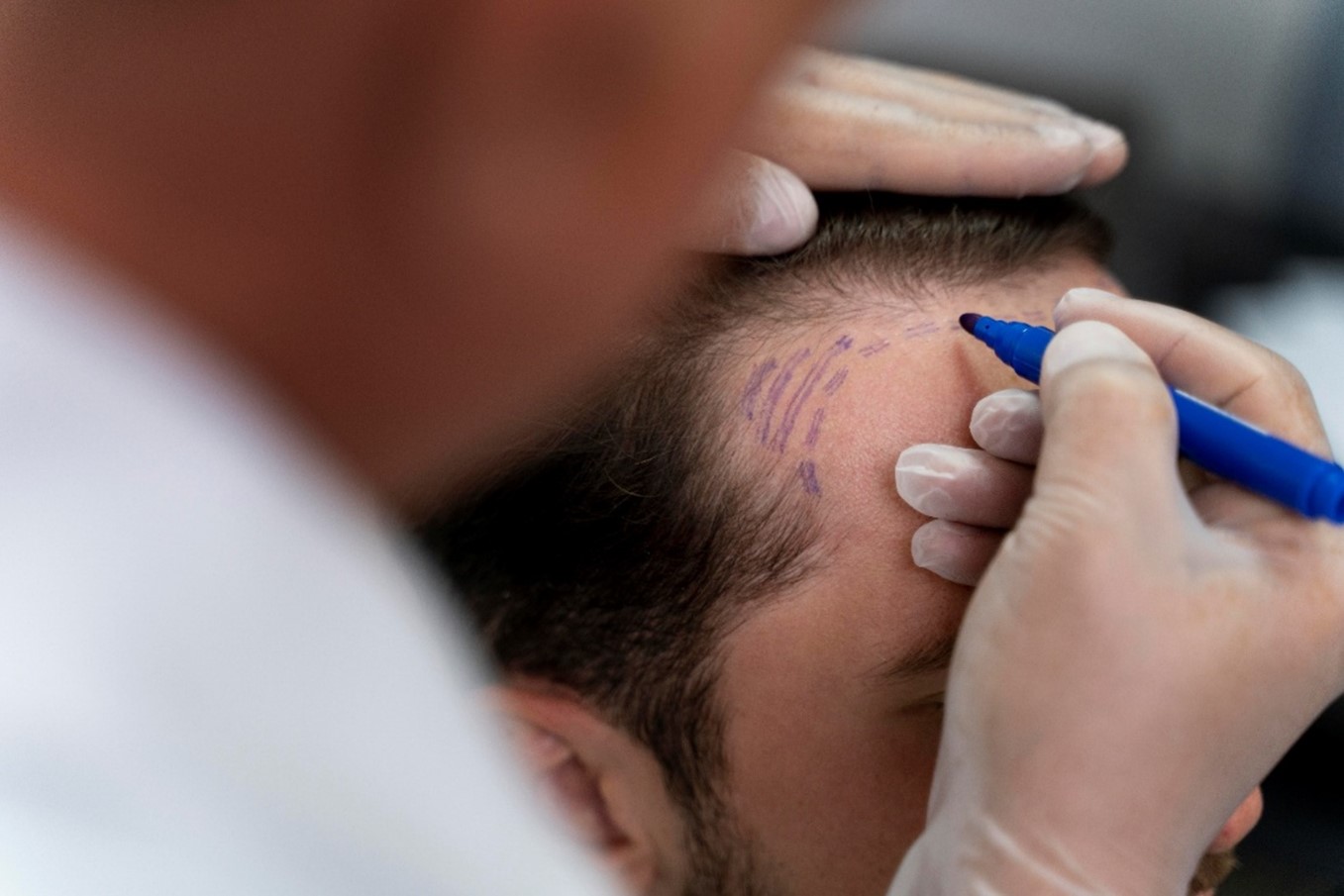
Best Article to Understand Hair Transplant in Malaysia: Reviewing Detailed Information Regarding The Procedure

WHAT CAUSES OUR HAIR TO THIN?
Hair loss occurs naturally as a part of the hair growth cycle and losing a few hairs here and there is completely acceptable. To make room for new hair, the older hair is shed. Stress and poor hair care habits are two common causes of increased hair loss, both of which can be quickly remedied with a few simple lifestyle or product adjustments. But sometimes hair loss gets so bad that even drastic measures won’t stop it.
Numerous medical conditions and lifestyle choices can lead to thinning hair or bald patches. There is a hereditary component, a hormonal component, or just the passage of time in 95% of cases. It’s possible that stress or poor habits are to blame. Rarely, an accident or trauma might cause someone to lose their hair. Some antidepressants and blood pressure drugs have been linked to male pattern baldness. Medical conditions including chemotherapy and alopecia might also have a role.
INTRODUCTION
Hair transplants are a surgical procedure that can restore fullness to balding or thinning areas of the scalp. Hair grafting involves moving existing hair from a fuller area of the scalp or another donor site to a balding or thinning area of the scalp.
About 60% of men and 50% of women will have hair loss in their lifetimes. Many people try topical treatments like minoxidil or other over-the-counter remedies in an effort to combat this issue (Rogaine).
Hair transplant is yet another method for making a comeback. In 1939, Japan executed the first hair transplant using a single hair from the patient’s scalp. The “plug” method was developed by doctors in the decades that followed. A technique called “hair grafting” is used for this.
Eventually, mini- and micro-grafts were used by surgeons to reduce the visibility of hair transplants.
IS IT POSSIBLE TO GET A SUCCESSFUL HAIR TRANSPLANT?
After a hair transplant for women and men, about 90–95% of the follicular units (grafts) will survive. As a result, the transplanted hair should remain healthy when moved from the donor area to the recipient area. The answer to the question: is hair transplant permanent is yes.
Unfortunately, hair transplants aren’t a cure-all procedure. Their primary function is to restore hair in cases of natural balding, thinning, or injury.
CONSIDERING THAT MOST TRANSPLANTS USE YOUR NATURAL HAIR, THEY ARE LESS EFFECTIVE IN THE TREATMENT OF:
- Chemotherapy and other medicine can cause widespread hair thinning and loss.
- Thick, injury-related scarring on the scalp.
APPROXIMATELY HOW MUCH DOES HAIR TRANSPLANT WILL COST?
If you’re asking about the hair transplant Malaysia cost, the average cost is around 50, 000 RM. (price is starting at RM6,000 and above depending on the number of hairs needed)
MALAYSIA HAIR TRANSPLANT COST BUDGET CONSTRAINTS MAY BE INFLUENCED BY:
- A description of the transplant technique and its scope
- Factors such as: the number of doctors who do the procedure in your area, the surgeon’s credentials, and the method you decide to use in
- Hair transplants are considered elective cosmetic procedures and so are not covered by medical insurance.
- Medication for aftercare may also increase the total price.

THE FOLLOWING ARE SOME CONSIDERATIONS TO KEEP IN MIND WHEN YOU SEARCH FOR A HAIR TRANSPLANT SURGEON:
- Choose a surgeon carefully, and make sure they are properly certified.
- Verify the clinic’s history of successful transplants by requesting a portfolio of previous patients.
- Learn from other people’s experiences with them by reading reviews.
Before deciding on a hair transplant method, talk to your doctor or a transplant surgeon.
It’s possible that your lack of hair density or poor hair quality will disqualify you from both procedures.



